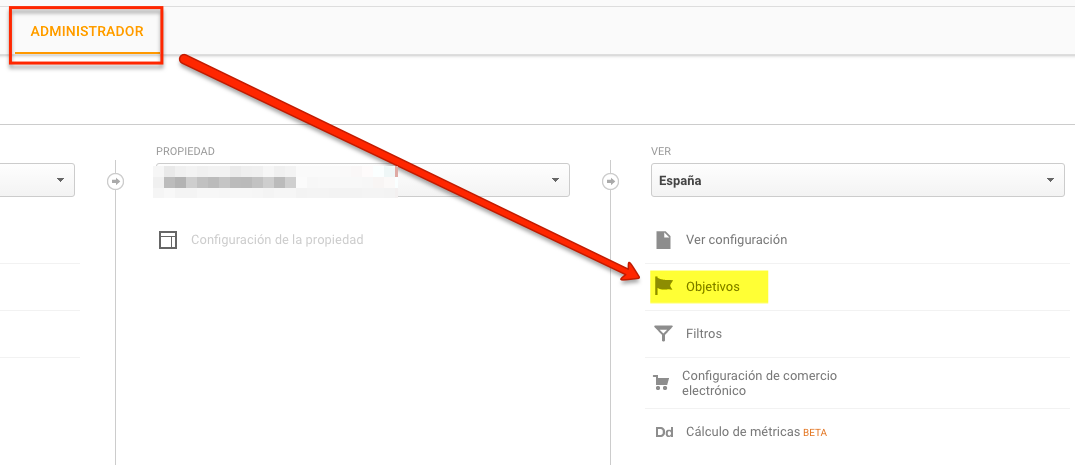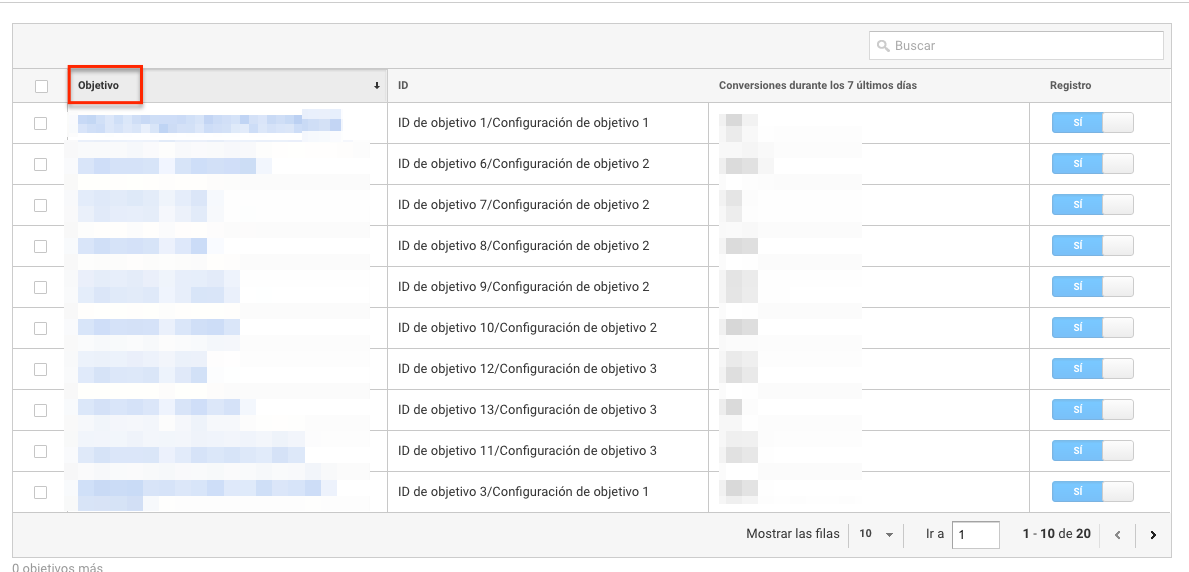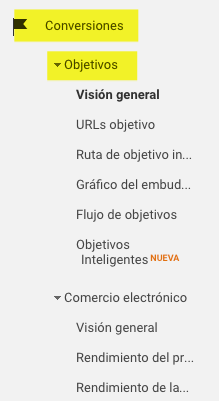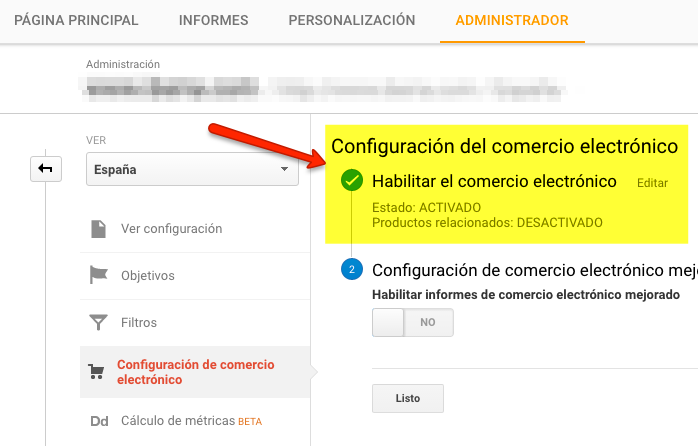Written by Fernando Maciá
Index
What is conversion
We can define this term as those steps taken by the user on a specific website that generate value for the company: purchase, subscription, registration, registration, download, reservation, request for contact, request for quotation…
These actions must be defined in any company’s marketing strategy. It is essential to know what will allow us to achieve the objectives we have set from the beginning. The marketing manager will be in charge of defining and supervising it.
A conversion is any action carried out by a user on our website that generates benefits and value to our business.
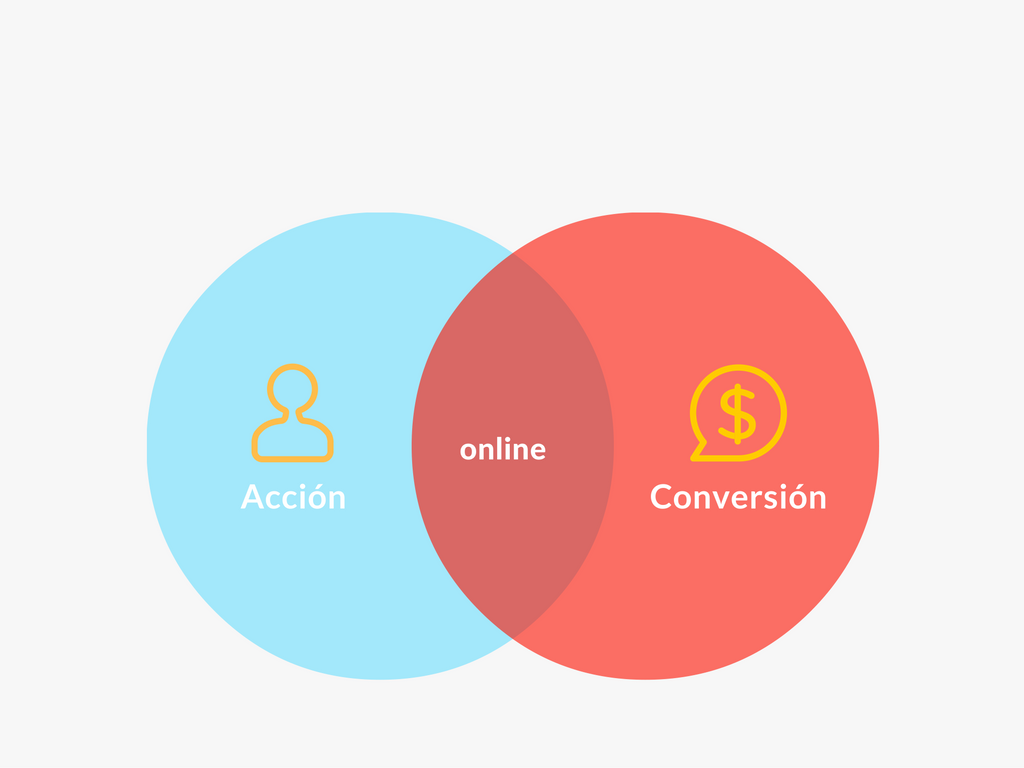
In order for our purpose to be successfully executed, the user must perform a certain action in our store or business. For example, on a psychologists’ website, the main goal may be to get as many people as possible to sign up on the contact form, while in a cosmetics store the key objective may be to increase sales or at least reach a minimum number of daily or monthly purchases.
Depending on the activity and nature of the business, the strategy will vary from one to another. A conversion involves a wide range of possibilities from downloading a file, to buying a product, registering, following a page, calling a phone number or requesting information about a service, among others.
Recommendations for a conversion-oriented website
Although there are many aspects that influence the conversion rate of a website, there is a certain consensus on some aspects that should be taken care of especially in any type of portal.
Problems adversely affecting conversion
First, it is important to list some common problems that are commonly found on many websites and should be avoided:
- Small and unattractive offer: users buy more when the offer is wide and the product range is varied. It is also important to tune the featured products to what at any given moment may be of greater interest to visitors for reasons of topicality, fashion, time of year, user profile, previous purchase history, etc.
- Poor content: i.e. insufficient content, very few descriptions, poorly written texts, small or poor quality photographs…
- Difficult navigation: confusing menus, multiple navigation options, menus with too many or too few options, content categories unrelated to the user’s perception, or navigation options that are not consistent between sections and disorient the user…
- Bad design: poor or inadequate layout, inappropriate use of color, poorly combined images, graphics, overabundance of different fonts, etc.
- Bad procedures: forms that ask for too much information, with confusing selection options or purchase procedures that are not very intuitive or excessively complex…
- Poor usability: due to disorganized content, inconsistent design, lack of clues to the user on what to do next…
- Too much passivity: purely informative websites where only products are sold and where we do not find attractive calls to action, outstanding advantages, a convincing commercial argumentation, persuasive texts?
- Cannot be found: poor indexability can prevent the website from being crawled and indexed by search engines.
- Bad internal search engines: many users entrust their navigation to the website’s own search engines. If they do not find what they are looking for, they will leave the site.
- Excessive download time: the website works slowly and slows down the user’s navigation, making the purchase process cumbersome and difficult, so its download should be optimized with WPO techniques.
- Lack of compatibility: the website functions correctly only under certain browser and operating system configurations or in the presence of certain plug-ins.
The objection/counter-objection system
It is important to study and analyze very well the users we are addressing in order to anticipate all their objections, so that we can include in our website a complete answer to all of them. We have at our disposal functionalities such as online surveys, the possibility to offer a live chat or to survey the opinion of our current customers to better understand their needs, doubts, what positive points they valued in our site and which ones they think we could improve.
With all this, we could identify what are usually the most frequent objections:
- Mistrust: the user may be reluctant to buy remotely, on a domain he does not know, or to enter his credit card details. We must, therefore, generate credibility through a careful design, quality images, impeccable texts, trust seals, security certifications, abundant information, contact and customer service numbers and addresses, testimonials from other users or opinion leaders?
- Your product is not better than your competitor’s: demonstrate the advantages of your product, argue them, translate your technical specifications into benefits; if necessary, include a video to show how it works. If you are trying to sell a service, offer a trial period or a free access level that allows potential customers to test its functionalities before committing to a paid subscription for an extended period.
- If they do not understand what you are offering: new products and services are difficult to sell at first if they are not explained in a simple way. Including animations or videos can make it much easier for a lay user to understand what we are trying to sell.
- If they complain that there are no offers: raise offers without thinking about the profit margin of the first transaction, but rather about the entire customer lifecycle. Aggressive offers work very well for services such as insurance, cell phone services, Internet access, etc., since they can present very attractive initial prices in exchange for delaying the return of benefits to the customer’s average permanence and loyalty.
- If they believe that the decision is too risky: we must look for ways to reduce the perceived risk. For example, return guarantees, contact telephone number, mailing address, legal terms, trial periods, testimonials…
How to improve conversion
When designing landing pages to convert, there are some generic aspects we should consider:
- Neat and professional-looking design: a poor, outdated, motley or unbalanced design denotes neglect and abandonment. A user will shy away from a website that does not look professional at first glance. Therefore, aspects such as navigability, the correct hierarchy of contents, the appropriate use of color codes, the balanced distribution of white spaces and the careful choice of fonts and font sizes must be taken care of.
- Correctly written texts: we read differently on the web than we do on paper. Not only are texts expected to be written without spelling mistakes and grammatically correct, but they must also be oriented to be readable on screen. It is therefore advisable to use short sentences, not to overuse subordinate sentences, to include lists or bullets whenever possible, to highlight the most important contents with bold or differentiated fonts, to translate technical features into benefits for the user and to maintain the principle of “one idea, one paragraph”.
- Fast website download: every additional second of waiting for the page to load decreases website conversion by 7 percent. It is therefore advisable to maintain the website in a quality hosting, optimize the code and images to favor downloading, adopt strategies such as parallelizing the downloading of static content and properly manage the content stored in the server and browser buffers (caches) to speed up the presentation of content to users as much as possible.
- Frequent content updates: repeat visitors to a website want to find new and fresh content. It is advisable to include sections on the home page where updated content can appear. If we have enough product, we can include some kind of random carousel that always presents the most in-demand products highlighted on the home page. With all this, we will increase the visibility of the contents of the website and we will contribute to always present a fresh and dynamic image to our visitors.
- Quality and truthful images: it is advisable to include professionally taken images optimized for the web. When presenting products, simple images with neutral presentations or white backgrounds usually work very well. If we can include people using or enjoying the products, all the better. In products where the appreciation of details and textures is of interest, it is better to include high-resolution versions that can be explored with magnification or magnifying glass functionalities. For company images, it is convenient to use a homogeneous style in terms of lighting, framing, style and to show the real people of the organization… Although the look may not be as perfect as stock images, authenticity is a selling point on the Internet.
- Flawless navigation and functionality: we must ensure that all technical aspects of the website run flawlessly and error-free across different browsers and platforms, and that there are no broken links on the website. To do this, the defined styles must be tested under different usage scenarios – operating systems, browsers, devices, screen widths – as well as functionalities, add-ons, etc.
- Calls to action and clear objectives: a conversion-oriented website will always have a clear objective. On any given page, it should be obvious what action you want users to take next: Add a product to the cart? Download a document? Fill out a form? Valuing a product? Consult another section? In any case, let’s make sure that there is a clear call to action that always guides the user towards the conversion goal in each template of our website.
- Always visible contact telephone number: although a website may offer many alternative forms of contact – forms, chat, etc. – there are many users who will always prefer a more personal mode of communication, such as a phone call. Even if they do not need it, having the contact number clearly visible shows our availability for any request they may make and will increase the confidence of visitors.
- Custom 404 error page: a generic error page is a dead end for users. If we set up a custom error page, we can include links to the main sections of the website so that navigation can continue. (Check what we mean by forcing access to a page that does not exist in Apple’s or Microsoft’s domain, such as: http://www.apple.com/es/asdfgjklñ).
- About Us and Terms of Use pages: before proceeding to fill in the payment details or requesting a quote, it is very common for a user to wonder what the company he/she is dealing with is like and what are the conditions that regulate the deal. That is why the information we can provide in these sections should be oriented to inspire confidence and resolve any objections or reservations that the user may still have.
Conversion measurement and tracking
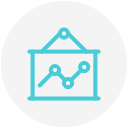
In order to define the objectives we will have to access the administrator area of our Analytics account and click on the “Objectives” section that we will find in the “View” column.
Next, a new screen will appear in which we will have to define the objectives of our business, that is to say, those actions that the users will have to carry out and that will give value to our company:
Once the objectives have been defined, we will be able to observe their evolution by accessing them from the left column in the “Reports” section.
In this phase of measuring results, the Google Analytics goal conversion funnels show very valuable information about the behavior adopted by the user on our page. This indicator, as long as we have configured it previously, will allow us to know in which step of the conversion process the users that do not reach the final step of the phase we have defined remain.
It is also interesting for us to configure the e-commerce, as we will be able to access relevant information about conversions, transactions, average order value, etc. In order to configure this indicator, we must access the “E-commerce configuration” section of the “View” column and enable e-commerce to activate tracking.
Everything mentioned above allows us to improve, since we will be able to detect errors that we had not previously considered and that may be causing us to lose a large number of conversions on our website.
Additional references
- How to improve your Web conversion using HotJar
- How to automate image optimization in WordPress
- Improve the usability of forms on cell phones
- More traffic and loyal customers for your e-commerce by applying the conversion funnel
- E-commerce search scenarios
- A Guide to Creating Conversion Funnels, by Vilma Núñez
